1. Scarecrows
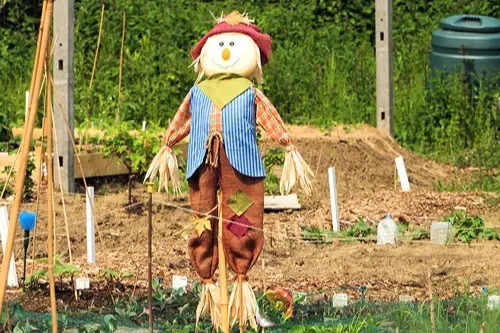
Scarecrows are usually reserved for farms or autumn decorations, right? But their history is far older and more symbolic than many people realize. In ancient cultures, they were often tied to harvest gods or seasonal rites. Some were even believed to house spirits or serve as guardians against supernatural threats.
In modern times, scarecrows can still be used to invoke themes of fertility, rebirth, or protection. They’re also popular in folk magic and Wiccan practices. What appears to be a quirky fall display might be part of a spiritual ritual. That stuffed shirt and straw hat might be standing guard for more than just crops.
2. Pink Flamingo Lawn Ornaments
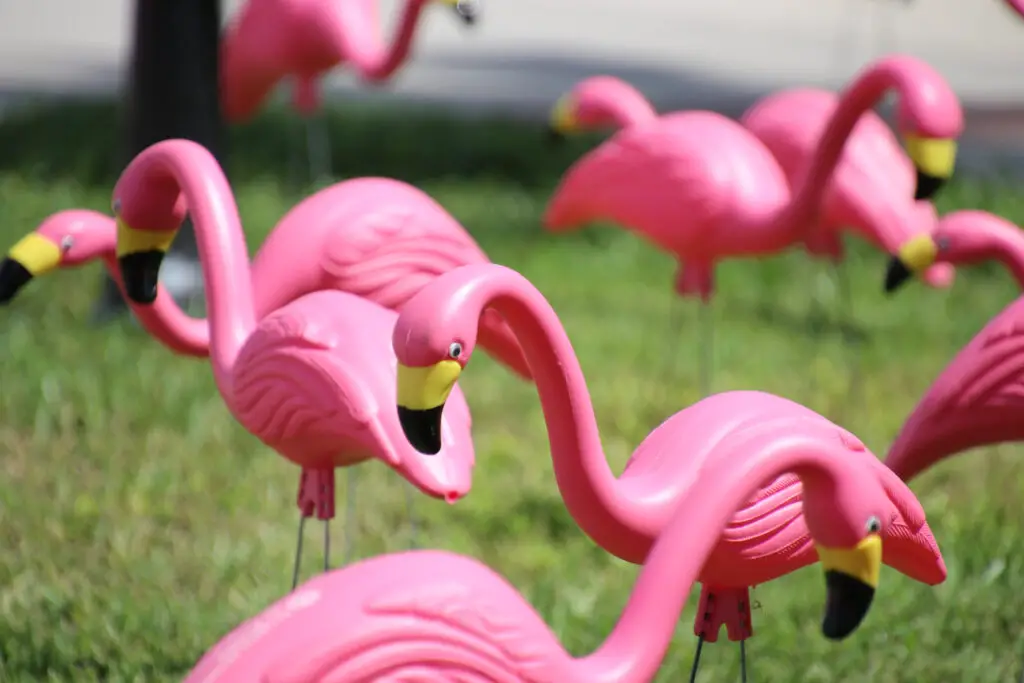
At first glance, pink flamingos seem like a kitschy nod to retro Americana. They’re fun, quirky, and give off a cheeky backyard party vibe. But these birds have long been used as symbols of bad taste or even class commentary, particularly since their boom in popularity during the 1950s. In some circles, they’ve even become code for ironic rebellion against suburban conformity.
Interestingly, the pink flamingo has also been quietly used in neighborhoods to signal swinger households. While this isn’t universally true, the association has shown up in pop culture and some online communities. This dual meaning makes the humble flamingo both a conversation starter and a subtle signal. Suddenly, that cheeky bird might be saying more than you thought.
3. Garden Gnomes

These little guys seem harmless enough—just old-world charm in a pointy hat. Originally from Germany, gnomes were thought to protect buried treasure and crops. But as they spread across Europe, they picked up other meanings, including associations with folklore, luck, and even mischief. Today, they’re sometimes used as subtle nods to counterculture or rebellion against overly manicured spaces.
Some homeowners display gnomes to push back on rigid HOA rules or sterile design standards. In rare cases, they’ve even been linked to spiritual beliefs or pagan symbolism. Their presence can be a quiet protest or a deliberate act of personalization. That goofy grin might be hiding centuries of meaning.
4. St. Francis of Assisi Statues

A statue of St. Francis of Assisi in a garden feels peaceful and deeply spiritual. He’s the patron saint of animals and the environment, so placing him in a yard makes perfect sense. But this symbol isn’t just about love for nature—it often signals more specific religious beliefs. In particular, it’s strongly tied to Catholicism and, more subtly, to views on humility and poverty.
While that might sound lovely, it also means the statue can double as a quiet declaration of religious identity. In some communities, it’s used to show a commitment to stewardship and simple living. In others, it might mark a contrast with more prosperity-oriented forms of faith. There’s much more than serenity resting in that stone gaze.
5. White Picket Fences
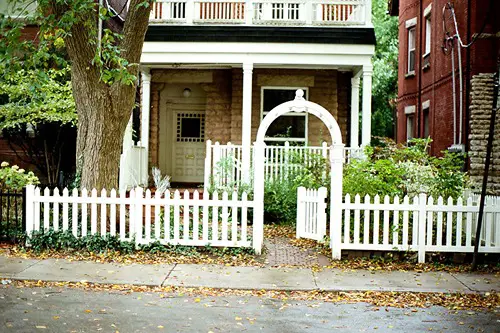
The white picket fence is perhaps the ultimate symbol of suburban bliss. It calls to mind safety, prosperity, and the American Dream. But dig a little deeper, and you’ll find it’s also been used to mark boundaries—both literal and social. Historically, it was a sign of exclusion, privacy, and control over property.
In literature and film, it often symbolizes a façade of perfection that hides dysfunction. The fence has appeared in countless scenes representing entrapment or resistance to change. It can signal class divisions, racial segregation, or conformity. That innocent fence might actually be drawing a hard line between “us” and “them.”
6. Rock Gardens

Rock gardens often seem like a smart landscaping choice—low maintenance, drought-resistant, and modern. But they also have roots in Zen Buddhism, where they symbolize tranquility, meditation, and impermanence. The careful placement of rocks can reflect philosophical or spiritual ideas about balance and simplicity. In Japanese culture, each stone can carry deep symbolic weight.
In the West, rock gardens have sometimes been used to signal a minimalist lifestyle or environmental values. But some interpret them as signs of emotional withdrawal or detachment. Because they require little upkeep, they’re occasionally seen as a quiet way to opt out of neighborly competition. That patch of stones might be more introspective than ornamental.
7. Wishing Wells
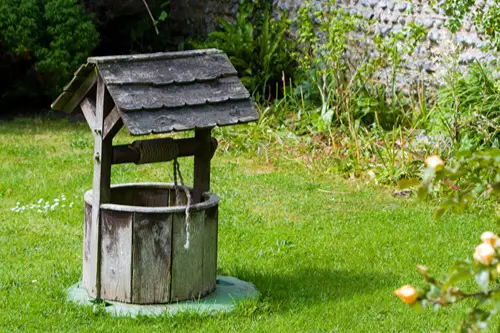
A wishing well in the yard seems like harmless whimsy—something straight out of a fairytale. But these decorative pieces are often tied to ancient traditions about offerings, divination, and spiritual energy. Historically, wells were seen as portals to other worlds or sacred places. Throwing coins into them was a ritual act, not just a kid’s game.
Some modern homeowners use wishing wells as symbols of abundance or as nods to pagan or Celtic beliefs. In certain contexts, they’ve been reclaimed as feminist or goddess-centered symbols. What looks like a quaint decoration might actually be a spiritual altar. Don’t let the Disney vibes fool you.
8. American Flags
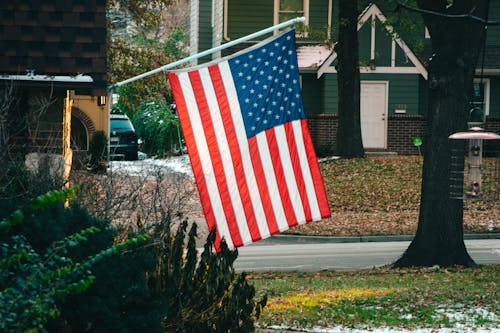
The American flag on a lawn or porch feels like a straightforward symbol of patriotism. But its meaning can shift dramatically based on context, timing, and who’s displaying it. In some cases, it reflects military service or civic pride. In others, it’s become entangled in political messaging or protest.
Since 9/11, the flag has sometimes been used to express support for law enforcement or conservative values. In contrast, its absence can also be a silent protest. The symbol is so charged that even its position—half-staff, upside down—carries meaning. That fluttering fabric might speak louder than words.
9. Tire Swings
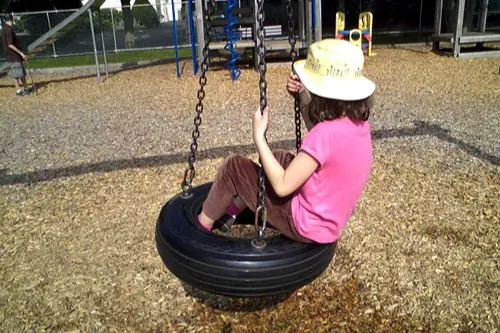
Tire swings are childhood nostalgia wrapped in rope and rubber. But historically, they’ve also been used as harrowing symbols of racial violence, particularly in the American South. In certain contexts, especially older properties or rural areas, they can unintentionally evoke lynching imagery. This dark association isn’t universal, but it’s deeply rooted in cultural memory.
Even today, some people interpret lone tire swings as eerie or unsettling. Their presence in popular media often hints at haunted pasts or generational trauma. Of course, many are just harmless fun—but context matters. What looks like innocence might be sitting atop a painful history.
10. Wind Chimes
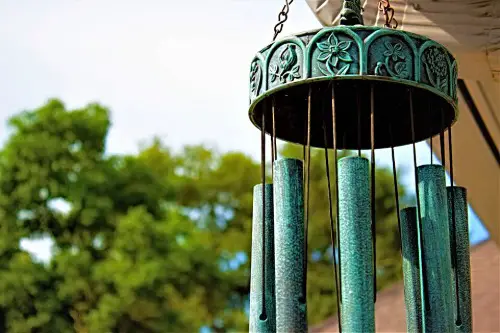
Wind chimes often seem like peaceful, musical touches to a breezy porch. But depending on their materials and placement, they can carry cultural and spiritual significance. In Feng Shui, they’re used to manipulate energy, attract prosperity, or ward off negative vibes. Specific tones and metals are believed to shift the chi, or life force, around a home.
Elsewhere, wind chimes have been used to honor the dead or create sacred space. Some people hang them as memorials to loved ones, making their sound a form of mourning. Others use them in spiritual rituals or healing practices. That gentle tinkling could be a protective charm in disguise.
11. Concrete Lions
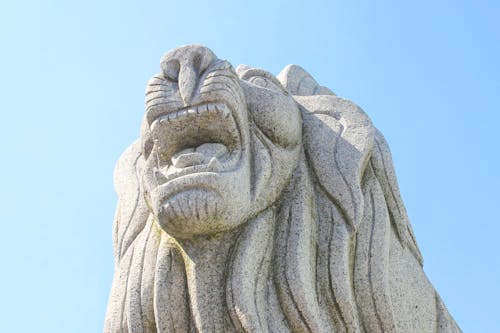
A pair of concrete lions flanking a driveway or front porch looks regal and protective. But these statues have long been loaded with symbolism in various cultures. In Chinese tradition, guardian lions—also called fu dogs—ward off evil and bring prosperity. Their placement and style are often deliberate, not just decorative.
In Western architecture, lions can symbolize strength, authority, or social status. Some people install them to give their home an air of power or nobility. Depending on their design, they can even suggest Freemasonry or occult influences. Those stoic faces might be roaring with hidden messages.
12. Bird Baths
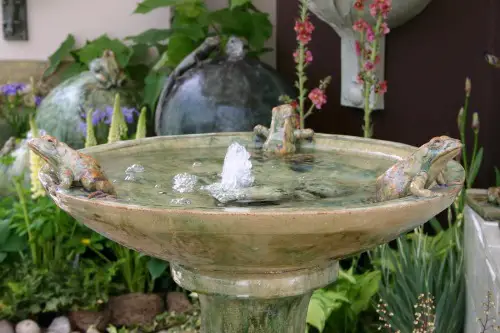
A bird bath in a lawn looks like a charming gesture toward nature. But it’s also a common symbol in spiritual and religious art, often representing purity, renewal, and rebirth. In some Christian traditions, water features serve as subtle references to baptism. Others see them as invitations to the divine through acts of care and hospitality.
In New Age circles, bird baths are sometimes seen as energy amplifiers or portals for spirit animals. Their shape and placement can be symbolic in ritual practice. What you thought was just for sparrows might actually be a spiritual welcome mat. That basin of water holds more than just reflections.
This post 12 Lawn Items That Feel Innocuous—Until You Learn Their Symbolism was first published on Greenhouse Black.
